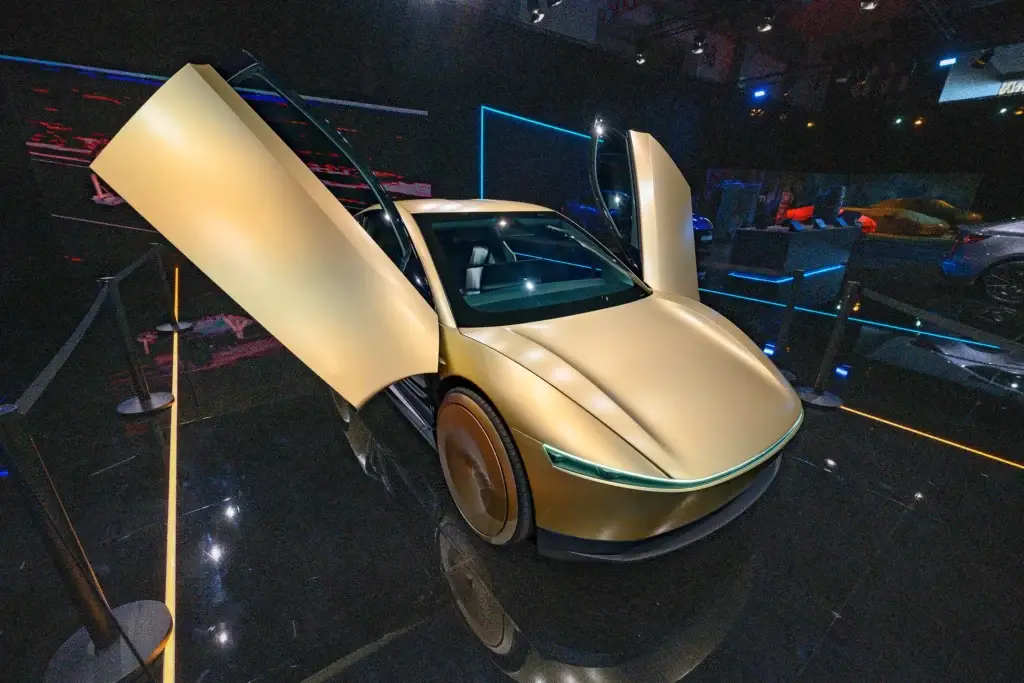
Tesla Cybercab Are Rolling Out Soon—With One Big Unanswered Question
Self-driving car companies aren’t typically eager to talk about teleoperation—the practice of humans remotely guiding or even taking control of autonomous vehicles. It’s often treated as an uncomfortable truth. After all, if a vehicle is truly autonomous, why should it need a human co-pilot at all?
But the reality is more nuanced. Industry experts agree that, for now, teleoperations are a vital component of any robotaxi service, including Tesla’s highly anticipated Robotaxi. While the underlying tech has come a long way, it’s far from perfect. Human intervention remains necessary to handle rare or complex driving scenarios that current systems can’t yet resolve on their own. More importantly, safety engineering principles demand robust fallback mechanisms—especially when the stakes involve two-ton electric vehicles navigating busy streets.
Yet, just days before Teslas Robotaxi is set to launch in Austin, Texas, the company has shared virtually no public details about how its teleoperation system will work. A job listing posted by Tesla offers some clues: it describes the development of a platform that allows remote operators to control vehicles using advanced VR headsets—effectively immersing them in the car’s environment to perform “complex and intricate tasks.”
This lack of transparency is raising eyebrows. Government officials—from the City of Austin to the Texas Department of Transportation, and even the National Highway Traffic Safety Administration (NHTSA)—have either declined to comment or redirected all questions to Tesla itself. Since dissolving its public relations department in 2020, Tesla hasn’t been answering media inquiries.
Last month, NHTSA sent a letter to Tesla seeking clarity on its use of teleoperations. Key concerns included how Tesla plans to monitor its fleet, what role humans will play in supervising autonomous systems, and how operators might intervene in real time. Tesla was given until June 19 to respond—after the Robotaxi is expected to debut on June 12, according to Bloomberg.
Meanwhile, glimpses of Tesla’s teleoperation approach have surfaced elsewhere. The Los Angeles Times reported that during a “Cybercab” event, human operators were behind the scenes controlling Optimus, Tesla’s humanoid robot. Later, when Optimus demonstrated its ability to catch a tennis ball, an engineer admitted humans had been remotely operating the robot. Tesla also holds a permit to test autonomous vehicles in California, where stricter laws require clear communication links between vehicles and remote operators. This suggests that Tesla has developed some form of teleoperation system—though it remains shrouded in secrecy.
In Austin, officials aren’t providing many answers either. Cristal Corrales, a spokesperson for Austin’s Transportation and Public Works Department, said the city collaborates with AV companies to train first responders and set expectations for ongoing communication, but didn’t elaborate on Tesla’s specific practices. Laura Butterbrodt from the Texas Department of Transportation noted only that Texas law permits AV testing as long as vehicles meet existing safety and insurance standards.
Part of the confusion stems from the fact that the AV industry hasn’t even agreed on a standard definition for “teleoperations.” As Tesla prepares to roll out its Robotaxi service, one thing is clear: while the dream of full autonomy may still be the goal, for now, humans remain quietly—and crucially—behind the wheel.